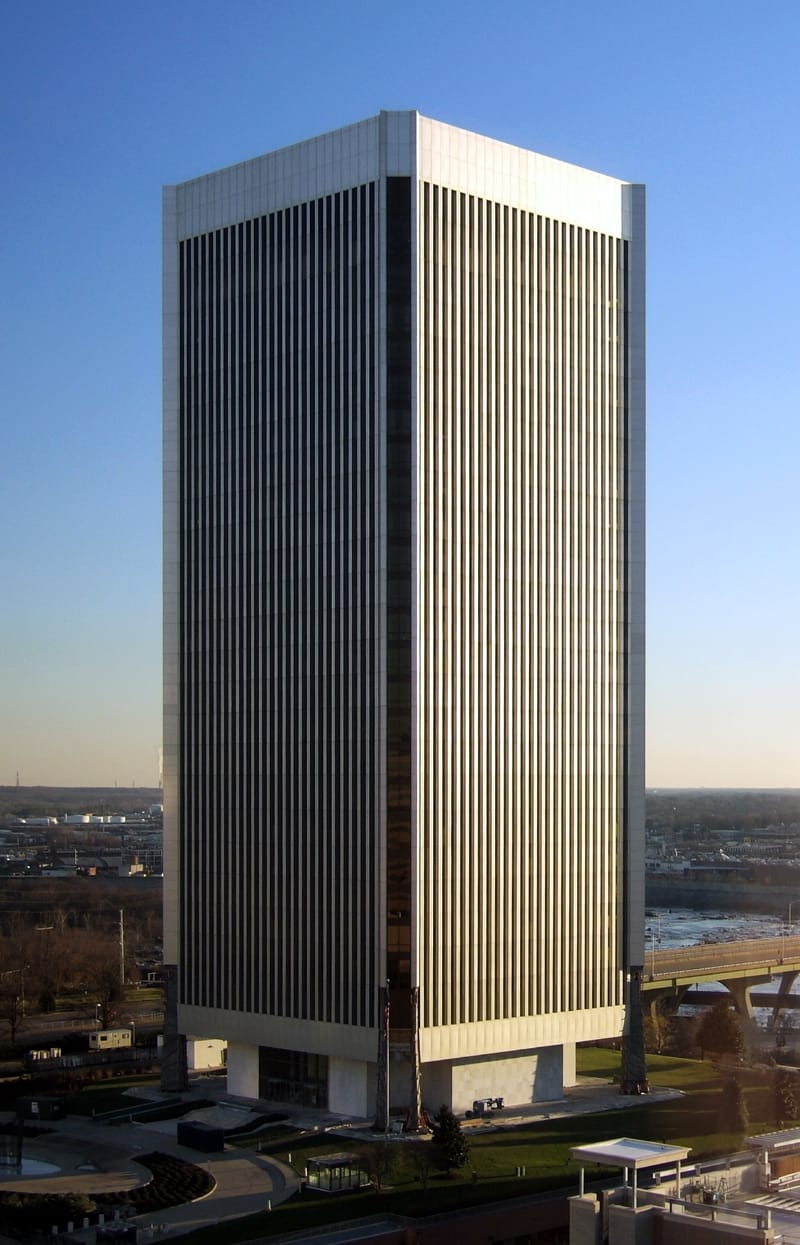The recent release of employment data has sparked renewed interest in the Federal Reserve’s monetary policy, particularly regarding its approach to interest rates in light of ongoing inflation concerns. The labor market has demonstrated resilience, with job growth exceeding expectations, leading many economists to speculate that the Fed may consider pausing its series of interest rate hikes. This pause could be a strategic response to the current inflation landscape, which has shown signs of moderation.
The U.S. economy has been navigating a complex environment characterized by fluctuating inflation rates and varying employment figures. The latest jobs report indicated a significant increase in non-farm payrolls, suggesting that businesses are continuing to hire despite previous economic uncertainties. This robust job growth is a positive indicator of economic health, as it reflects consumer confidence and spending power, both of which are critical for sustained economic expansion.
Inflation, which has been a primary concern for policymakers, appears to be stabilizing after a period of rapid increases. The Consumer Price Index (CPI) has shown a gradual decline in the rate of inflation, leading to speculation that the Fed’s aggressive monetary policy may be having the desired effect. The central bank has implemented a series of interest rate hikes over the past year in an effort to curb inflation, which reached levels not seen in decades. However, the recent data suggests that these measures may be yielding results, prompting discussions about the timing and necessity of a pause in rate increases.
The Federal Reserve’s dual mandate of promoting maximum employment and stable prices requires a careful balancing act. While the job market remains strong, the central bank must also consider the potential risks associated with inflation. A pause in interest rate hikes could provide the Fed with the opportunity to assess the impact of its previous actions on the economy. It would also allow for a more measured approach to monetary policy, ensuring that any future decisions are based on comprehensive economic data.
Market analysts are closely watching the Fed’s next moves, as a pause in rate hikes could have significant implications for financial markets. Investors often react to changes in monetary policy, and a decision to hold rates steady could lead to increased market stability. Conversely, if inflation were to rise again, the Fed may need to reconsider its stance and resume rate hikes, which could introduce volatility into the markets.
The interplay between inflation and employment is a critical factor in shaping the Fed’s policy decisions. As the economy continues to evolve, the central bank must remain vigilant in monitoring economic indicators. The recent job data has provided a clearer picture of the labor market, but the Fed will also need to consider other factors, such as wage growth and consumer spending, to fully understand the inflationary pressures at play.
In addition to domestic factors, global economic conditions also influence the Fed’s policy decisions. Supply chain disruptions, geopolitical tensions, and international trade dynamics can all impact inflation and employment in the U.S. As such, the Fed must take a holistic view of the economy, considering both domestic and international factors when formulating its monetary policy.
The potential for a pause in interest rate hikes is not without its challenges. While a stable labor market and moderating inflation may suggest a favorable environment for such a decision, the Fed must remain cautious. Economic conditions can change rapidly, and the central bank must be prepared to respond to any shifts that may arise. The balance between fostering economic growth and controlling inflation is delicate, and the Fed’s decisions will have far-reaching consequences.
In conclusion, the recent robust job data has opened the door for discussions about a potential pause in the Federal Reserve’s interest rate hikes. As inflation trends show signs of stabilization, the central bank faces the challenge of navigating a complex economic landscape. The interplay between employment and inflation will continue to shape the Fed’s policy decisions, and market participants will be closely monitoring these developments in the coming months. The outcome of these discussions will not only impact the U.S. economy but also have implications for global financial markets.



